5G in America








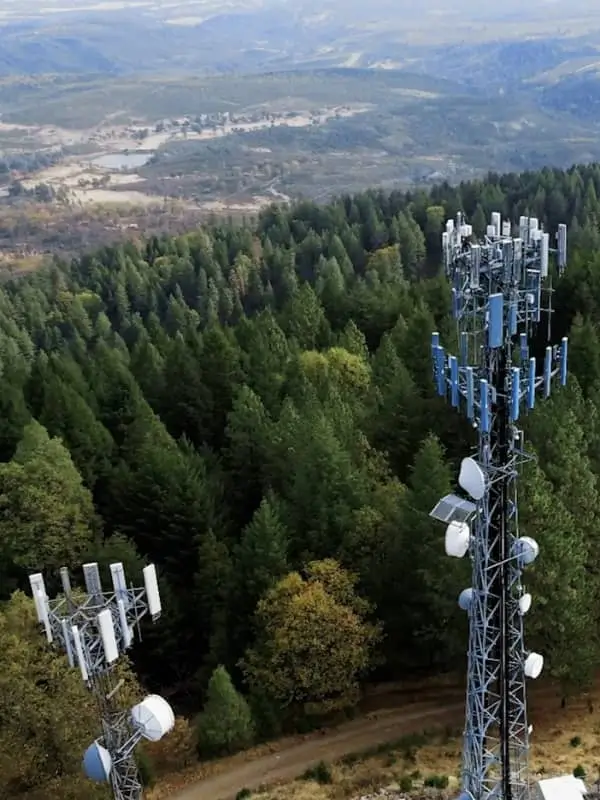

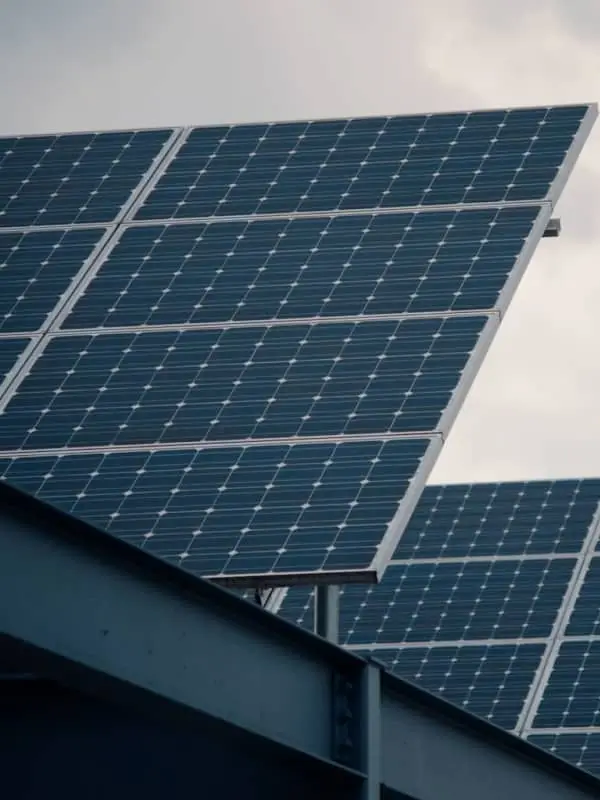












Education
5G is helping teachers and students stay ahead of the curve and providing opportunities to learn through immersive applications such as Virtual Reality (VR) and Augmented Reality (AR) that are sparking imagination and increasing engagement.

Investment
Wireless providers are investing record amounts to build the 5G platform, including $39B in 2022 – a new record – and $160B since the beginning of 2018. In fact, America’s wireless industry is projected to invest $275B to build world-leading 5G networks.
since the beginning of 2018
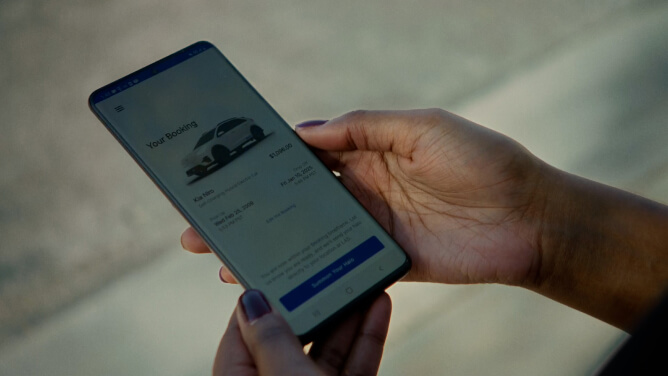
Transportation
Innovators across America are using 5G to make cars driverless and roads more efficient. It’s making travel 40% faster, cutting transportation costs by $450B each year, and could even reduce up to 90% of transportation emissions.
5G Rollout
Since 5G was launched in 2018, three nationwide networks—and regional provider networks across the U.S.—already cover 330 million Americans. The first 5G network achieved nationwide coverage 2x as fast as 4G, and all three built nationwide networks 42% faster than 4G.
330 Million Americans
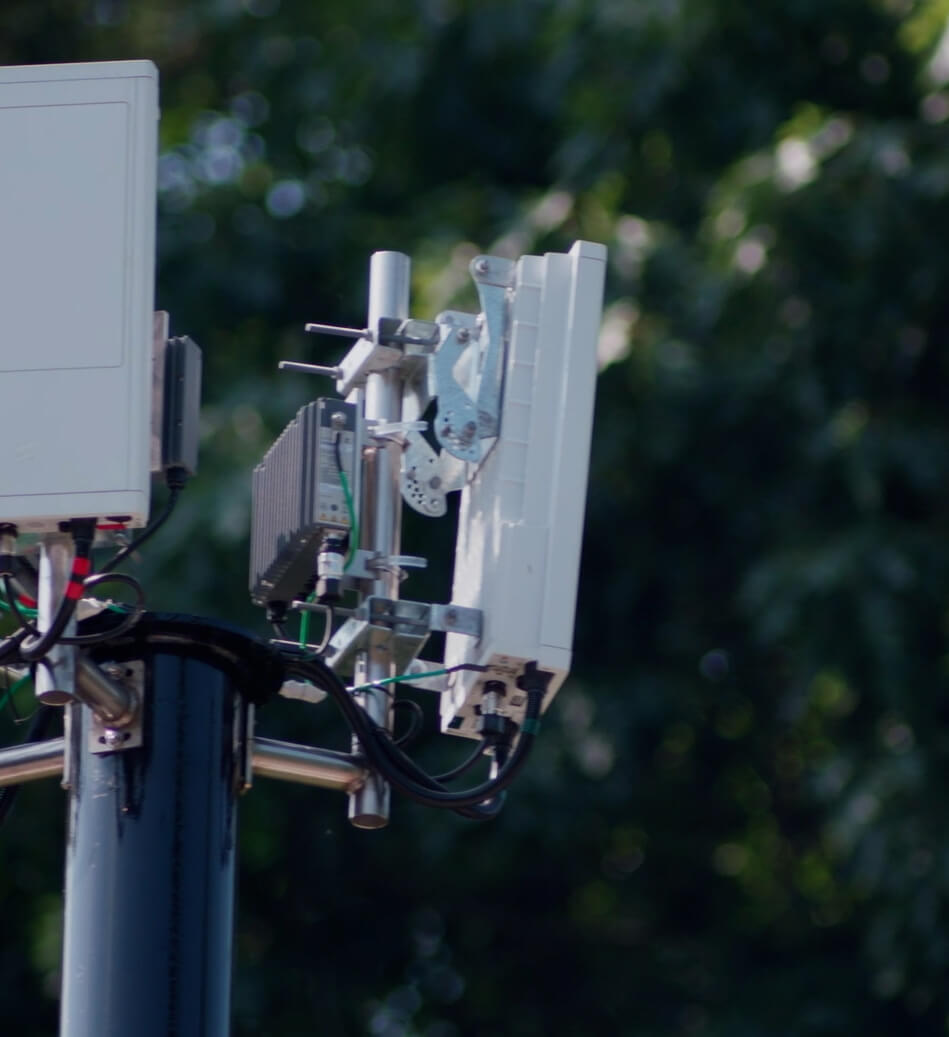
Smart Cities
5G is the engine of smart city innovation, with wireless-powered smart city solutions expected to deliver $160B in benefits and savings through things like lower energy use and less congestion. Sensors will monitor the health and safety of critical infrastructure like buildings, roads, and bridges, while connected trash cans, bus stops, light poles and more will help cities operate more efficiently.
Manufacturing
Advanced manufacturing is critical to our nation’s competitiveness, economic growth and quality of life. 5G is helping American factories springboard into the future of safety, sustainability and innovation, thanks to AR and VR training, advanced robotics, and real-time information sharing.

Availability
America was the first large country to have three nationwide 5G networks, and today America leads the world in 5G availability—which refers to how often 5G-capable cellphones connect to a 5G network—with almost double the reach of China.

Agriculture
5G’s fast speeds, high capacity and low latency are helping reimagine and enhance food production from farm to fork, enabling precise applications of water and fertilizer, and giving farmers more data about their operations and fields.
Consumer Adoption
Americans are flocking to 5G. In 2022 America had nearly 162 million active 5G devices, nearly double the amount in 2021. In fact, 5G devices account for nearly 1/3 of all wireless connections. This growth is expected to continue. By 2028 5G is projected to be 91% of all wireless connections in America.
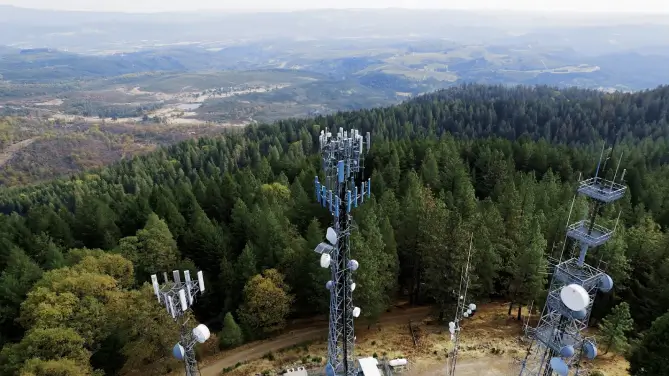
Public Safety
When it comes to keeping people safe, knowledge is power and speed is everything. 5G delivers both, exponentially increasing our access to video, data and virtual worlds and accelerating our ability to respond.
Speed
After growing fast out of the gate (5x faster than 4G in the first years after launch), 5G is getting better every day. As new mid-band spectrum is put into service, median download speeds are now routinely over 100 Mbps, and continually getting faster.

Home Broadband
From rural communities to our biggest cities, more and more Americans are turning to 5G to get the reliable, high-speed broadband they need to live, work and learn. For some, it’s the first time they’ve had a choice. For others, it’s the first connection they’ve ever had. Together, they’ve made 5G America’s fastest growing home broadband service.
5G Home Broadband Adoption
5G home was the connection of choice for 90% of new broadband subscribers, and it accounted for virtually all broadband growth in the fourth quarter of 2022.
by 5G home broadband

Accessibility
Now more than ever, wireless connectivity is essential to our daily lives – allowing us to stay in touch with friends and family, work, track and improve our health and fitness and much more. 5G is playing a key role in enabling this for all Americans, breaking down barriers and enhancing opportunity.
Auction Revenue
In addition to capital expenditures, the industry has also spent billions of dollars on spectrum licenses to fuel our 5G ambitions. Since 1993, wireless providers have invested $233B in FCC spectrum auctions to power mobile networks—over $108B since 2020 alone.
2020 alone.
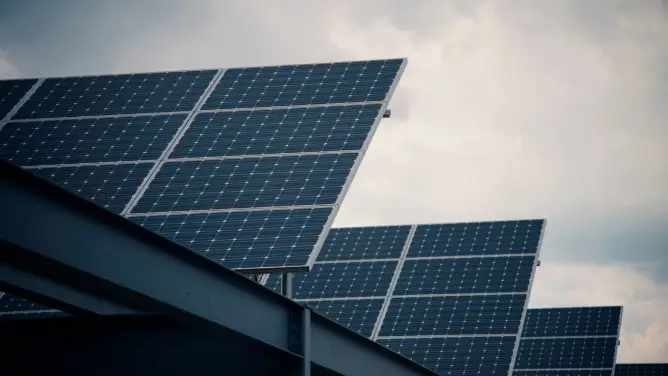
Energy
5G is playing a key role in making a more efficient and more sustainable energy industry. 5G enables energy companies to monitor both production and consumption in real time so they can optimize production and manage demand automatically. 5G also enables remote operations, allowing energy companies to invest in and manage greener sources of energy, such as wind farms, which are typically located in isolated areas.
- The Importance of Licensed Spectrum and Wireless Telecommunications to the American Economy, Compass Lexecon, December 7, 2022, at https://www.ctia.org/news/the-importance-of-licensed-spectrum-and-wireless-telecommunications-to-the-american-economy.
- How 5G Can Help Municipalities Become Vibrant Smart Cities, Accenture, January 12, 2017, at https://www.accenture.com/t20170222T202102__w__/us-en/_acnmedia/PDF-43/Accenture-5G-Municipalities-Become-Smart-Cities.pdf.
- 5G Promises Massive Job and GDP Growth in the US, Boston Consulting Group, February 2, 2021, at https://api.ctia.org/wp-content/uploads/2021/01/5G-Promises-Massive-Job-and-GDP-Growth-in-the-US_Feb-2021.pdf.
- Wireless Connectivity Fuels Industry Growth and Innovation in Energy, Health, Public Safety, and Transportation, Deloitte, January 19, 2017, at https://api.ctia.org/docs/default-source/default-document-library/deloitte_2017011987f8479664c467a6bc70ff0000ed09a9.pdf.
- Wireless Connectivity Fuels Industry Growth and Innovation in Energy, Health, Public Safety, and Transportation, Deloitte, January 19, 2017, at https://api.ctia.org/docs/default-source/default-document-library/deloitte_2017011987f8479664c467a6bc70ff0000ed09a9.pdf.
- How 5G Can Help Municipalities Become Vibrant Smart Cities, Accenture, January 12, 2017, at https://www.accenture.com/t20170222T202102__w__/us-en/_acnmedia/PDF-43/Accenture-5G-Municipalities-Become-Smart-Cities.pdf.
- Commercial Wireless Networks: The Essential Foundation of the Drone Industry, CTIA, November 11, 2017, at https://api.ctia.org/docs/default-source/default-document-library/drone_whitepaper_final_approved.pdf.
- Wireless Connectivity Fuels Industry Growth and Innovation in Energy, Health, Public Safety, and Transportation, Deloitte, January 19, 2017, at https://api.ctia.org/docs/default-source/default-document-library/deloitte_2017011987f8479664c467a6bc70ff0000ed09a9.pdf.
- How America’s 4G Leadership Propelled the U.S. Economy, Recon Analytics, April 16, 2018.